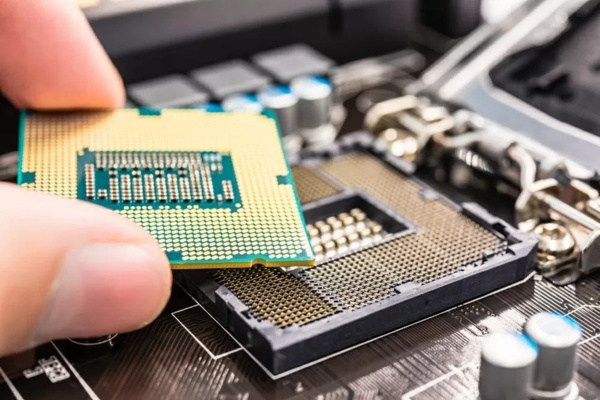What is server virtualization?
The virtualization process is today a general trend in the IT field. What exactly is server virtualization, we will consider in today's articleUnderstanding Server Virtualization
In its definition, virtualization can be considered the science of turning a certain resource, imitated into software, similar in its properties and functions to a physical object.
In other words, abstraction is used to make software look and act like hardware. At the same time, having higher characteristics of flexibility, cost, scalability, performance and other features. At its core, virtualization implements what was not originally such, using the flexibility, convenience of software options and services, and replacing the identical implementation in software.
In turn, server virtualization is a software architecture responsible for the operation of several operating systems based on a single physical server. At the same time, the applications of each server are separated from other devices and function independently and self-sufficiently. These applications perceive the available resources as a single physical server, but actually have a small resource pool. Virtual servers mimic the operation of real computing equipment.
A virtual server is able to emulate hardware - RAM, disk drive, processor. The operating systems installed on each server do not notice each other and work in their standard mode, as if they were doing it on a regular PC. Accordingly, several systems are able to function on one “hardware” at once and distribute physical resources between them in different volumes.
Note that the hypervisor plays an important role in the virtualization process. This is software that is located on the server and has a direct connection with real resources. The hypervisor is responsible for making virtual machines treat physical resources as their own.
Types of virtualization
Server virtualization according to the implementation technology is divided into two types:
Software. In this case, server resources are separated using the operating system, where all virtual machines use a common software kernel. Software virtualization requires that the guest system be identical to the host system. The advantage of this type lies in the high speed and ease of settings - you can create a car quite quickly. But there is also a minus - it is impossible to fully share the resources, which entails the impact of the load of one virtual machine on others located on the same server.
Hardware. With this type of virtualization, a standard operating system is installed on the host server and separate virtual machines are created that work in isolation. Each of them has its own self-sufficient OS and exploits its kernel in its work. Also, the guest OS does not have to be the same as the system's hypervisor. The advantage of this type is the possibility of a complete separation of server resources. Therefore, one virtual machine does not affect the speed of the others and reduces the amount of resources allocated to them. The disadvantage of hardware virtualization is slower operation, since it is necessary to emulate the operation of the entire host server hardware for virtual machines, as well as regulate the operation of the OS of each of them.
Note that paravirtualization is used to speed up hardware virtualization. It works on the following principle: the guest OS knows what is running inside the virtual machine and uses some of the functions performed by the hypervisor. Such a process speeds up the system, since in this case it does not need to emulate the activity of the virtual machine as a whole.
Why virtualization is required
Environment virtualization performs such functions as:
increasing the adaptability and flexibility of the company's IT infrastructure;
reduced maintenance and upkeep costs;
implementation of workload mobility and resource availability.
When using server virtualization, most business processes go into automated mode, and the infrastructure itself improves in terms of its manageability and cost-effectiveness. In addition, there is a minimization of downtime in case of emergencies and at the time of system maintenance.
Regarding servers, virtualization is designed to solve many problems:
optimization of consumption of computing and storage resources;
curbing the quantitative growth of servers;
simplification of migration data and reduction of the time required to complete organizational IT-works;
improving the performance of application software;
simplification of work with the virtual environment.
Virtualization products in their activities are used by organizations that strive for digital transformation and monitor the level of the available budget. Especially virtualization is in demand in those companies where low-performance machines are no longer used, but modern






